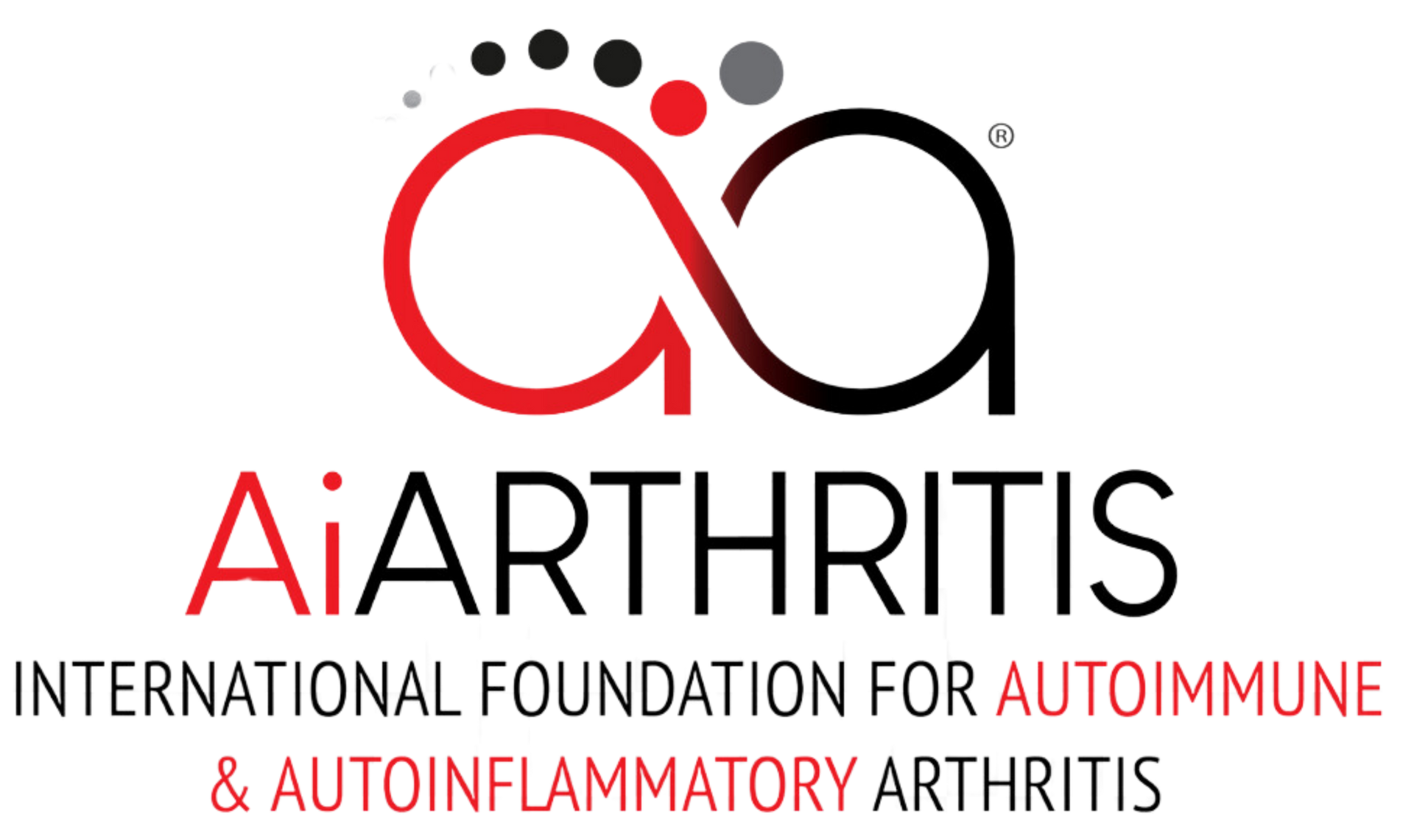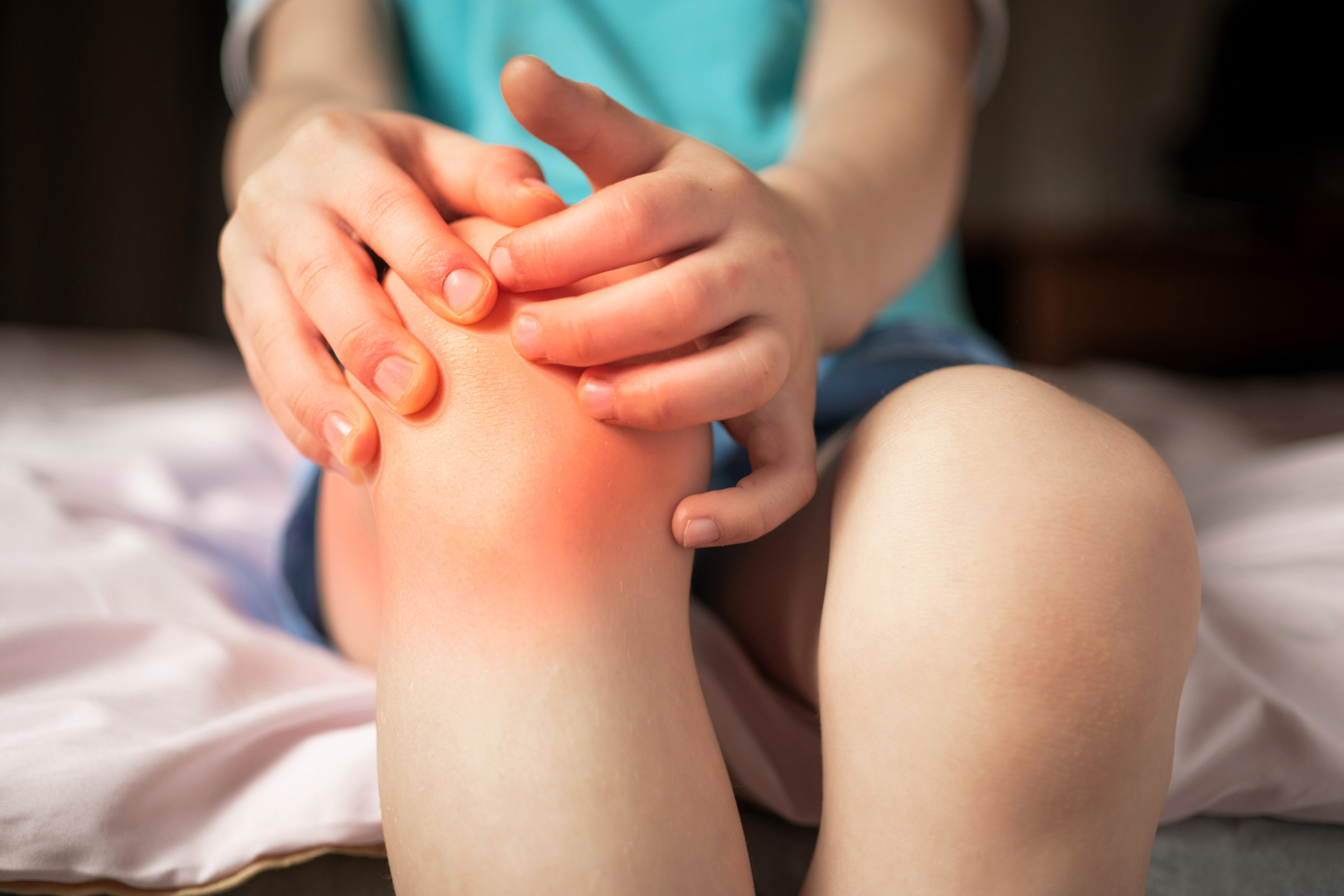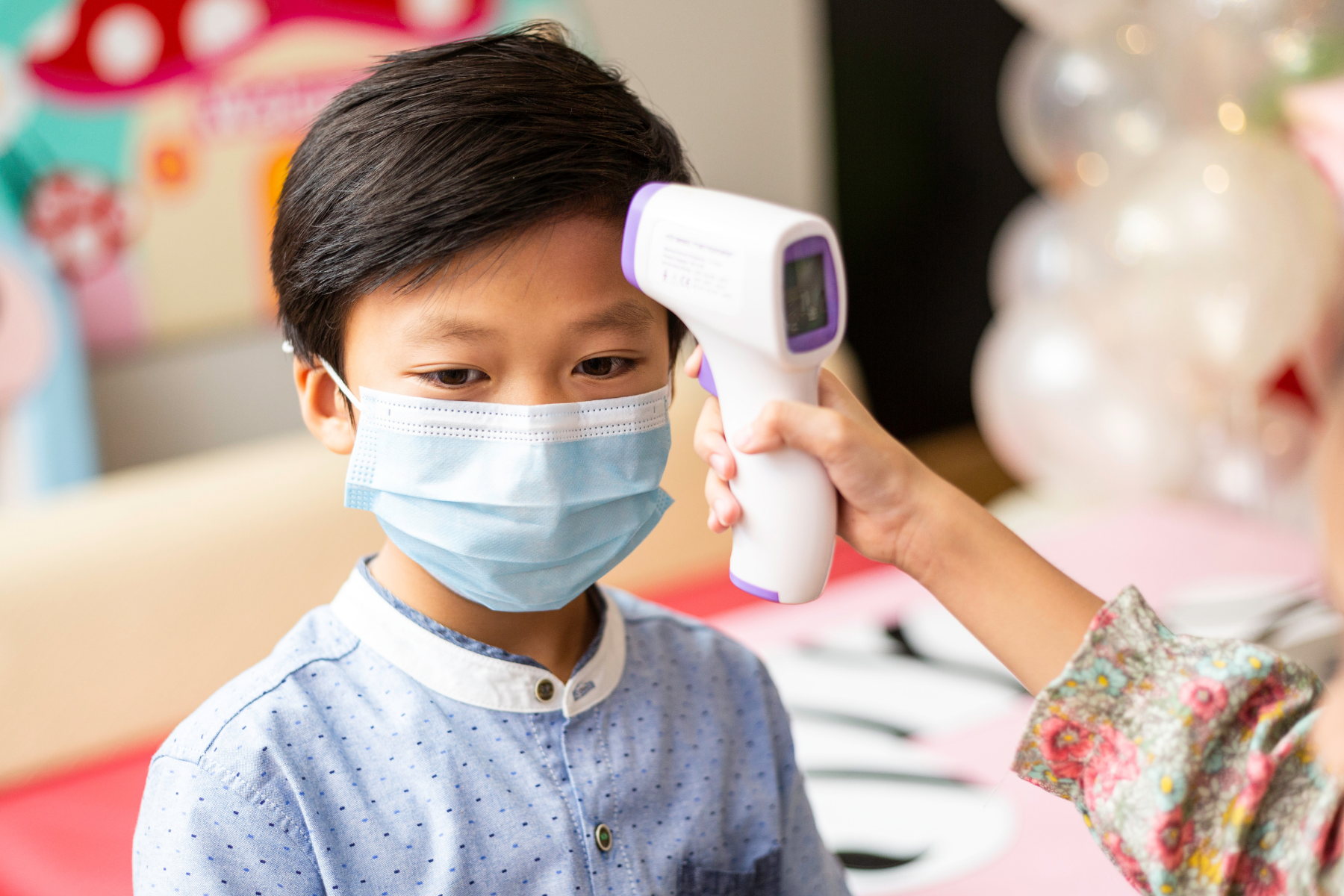Juvenile Arthritis
AiArthritis defines Juvenile Arthritis as:
A term used to define juvenile onset disease (younger than age 16) that affects children and adolescents. There are juvenile versions of almost of the diseases under our AiArthritis disease umbrella (i.e., lupus, sjogren's disease, etc.). What was once called juvenile rheumatoid arthritis in now referred to as Juvenile Idiopathic Arthritis (JIA), which involves many subgroups and is not specific to a juvenile version of rheumatoid arthritis.
JIA is the most common rheumatic disease in childhood. The term "idiopathic" means that the cause of the condition is unknown.
Several subtypes fall under the JIA umbrella including:
- Oligoarthritis: the most common subtype that affects four or fewer joints, typically including the knees, elbows, or ankles. Oligoarthritis can be further divided into:
- Persistent: affecting a limited number of joints throughout the disease course
- Extended: involving more joints after the initial presentation
- Polyarthritis: affects five or more joints, often both sides of the body.
- Systemic: involves the entire body with symptoms such as high fever, rash, and inflammation of internal organs. The fever is usually daily, and the rash may be evanescent, meaning it comes and goes. Systemic JIA can affect multiple joints and can have more systemic complications.
- Undifferentiated : this category is used when the features of JIA do not fit into one specific subtype. It may include children who do not meet the criteria for any of the other subtypes or exhibit features of more than one subtype. Inflammation is present in one or more joints for at least 6 weeks.
- Enthesitis-Related Arthritis: Enthesitis refers to inflammation where tendons or ligaments attach to bones. This subtype of JIA involves inflamed enthesitis and usually arthritis/joints, too - but not always. Enthesitis can occur often in various parts of the body, like the chest or feet. Subgroups ERA may evolve into:
- Juvenile Axial Spondyloarthritis. Specifically affecting the spine/lower back.
- Juvenile Psoriatic Arthritis: Characterized by both arthritis (and likely enthesitis) and psoriasis or a family history of psoriasis. Psoriasis is a skin condition that causes red, scaly patches.
Symptoms & Characteristics
Common in All AiArthritis Diseases
Flares: Periods of worsening symptoms are called flares. A flare can last for hours, days, weeks, or months.
Physical Activity: Condition improves with activity and exercise and worsens with rest.
Comorbidities: When inflammation is left uncontrolled due to lack of proper treatment, comorbidities can develop. 70% of patients with chronic, lifelong disease will develop comorbidities, including dual or triple diagnoses.
Family History:
Autoimmune diseases often run in families, indicating a potential genetic predisposition where that gene can cause disease. Autoinflammatory diseases can occur multiple times in a family, but is based off of genetic mutation. It is not a gene that causes the disease— but a mutation on the gene that can cause the disease which can then be passed on to the next generation.
"Auto" Symptoms
Fatigue: Severe fatigue or exhaustion that may not be helped by caffeine/stimulants and can happen even after a long period of rest.
Cognitive Dysfunction: Brain fog or periods of time where thinking gets clouded and it becomes difficult to concentrate.
Flu-like symptoms: Without having the flu- nausea, muscle weakness, and general malaise.
Fever: Typically low grade in autoimmune (with exception of juvenile idiopathic arthritis) and higher grade in autoinflammatory (% strongly varies per disease).
Reference: Early Symptoms of AiArthritis Study, AiArthritis, 2019.
Inflammatory Arthritis Symptoms
Stiffness: Severe stiffness in one or more joints, especially in the morning or after sitting for long periods of time.
Joint Pain: Episodes of joint pain that may last for hours, days, or even weeks, that can appear and disappear suddenly. Often described as “jumping pain” into different locations.
Typically the joint pain will coincide with one or more “Auto” symptoms and start and stop suddenly - for no apparent reason (which is called a "flare"). Some people will experience all of the above symptoms, others only a few.
If you have any of the arthritis features, and at least one of the “Auto” features, please consult your physician about a referral to a specialist.
Other Symptoms Often Associated with Juvenile Idiopathic Arthritis
- Eye inflammation (uveitis)
- Decreased appetite, poor weight gain, and slow growth
- Varied grades of fever (high in systemic, low in other types)
- Swollen lymph nodes (in systemic JIA or juvenile versions of Sjogren's Disease or Lupus)
- Skin changes (rash, scaly red patches of skin)
Those with juvenile versions of other diseases under the AiArthritis disease umbrella may have symptoms specific to those diseases.
Diagnosing Juvenile Arthritis
There’s no single test that can confirm a juvenile idiopathic arthritis (JIA) diagnosis, so rheumatologists use a combination of physical exams, blood tests (including erythrocyte sedimentation rate [ESR], C-reactive protein [CRP], Anti-Nuclear Antibody [ANA], and Rheumatoid Factor [RF]), as well as imaging studies and family history of autoimmune or autoinflammatory diseases.
Additional testing may include urine tests, joint aspirations, and eye exams, especially to check for complications like uveitis, which can occur with certain types of JIA.
While there are no specific ACR or EULAR guidelines exclusively for diagnosing JIA, both organizations stress the importance of early diagnosis through thorough clinical evaluation, supported by laboratory and imaging results, to distinguish JIA from other forms of arthritis and ensure appropriate treatment.
Juvenile versions of other diseases under the AiArthritis umbrella may have specific diagnosis criteria for those diseases.
Juvenile Idiopathic Arthritis Treatment Options
Treatment OptionsTreatments are tailored to each individual's disease, but visit our Treatment Options page to learn more about the different types of treatments that are used forJuvenile Arthritis.
What Fellow Juvenile Arthritis Patients Want You to Know
Submit YOUR AdviceWe need YOUR advice! Fill out this form to give peer advice to those with your disease.
Interesting Facts about Juvenile Idiopathic Arthritis
JIA was previously known as juvenile rheumatoid arthritis, but the name was changed to Juvenile Idiopathic Arthritis to reflect its unknown (“idiopathic”) cause and its distinction from adult rheumatoid arthritis. The disease was first studied in detail in the early 20th century, when it was recognized as a distinct form of arthritis affecting children.
Juvenile Arthritis Awareness Days/Months
- World Autoimmune and Autoinflammatory Arthritis Day - May 20th
- Rare Disease Day - February 29th (28th)
- Autoimmune Awareness Month - March
- Rheumatic Disease Awareness Month - September
- Pain Awareness Month - September
- Chronic Disease Awareness Day - July 10th
- Invisible Disabilities Week - 3rd full week of October
Other Juvenile Arthritis Resources
In an effort to ensure this page has the most accurate and up-to-date information, this page is currently awaiting medical review. Some information is subject to change.
Page Last Updated: 10/31/2024




